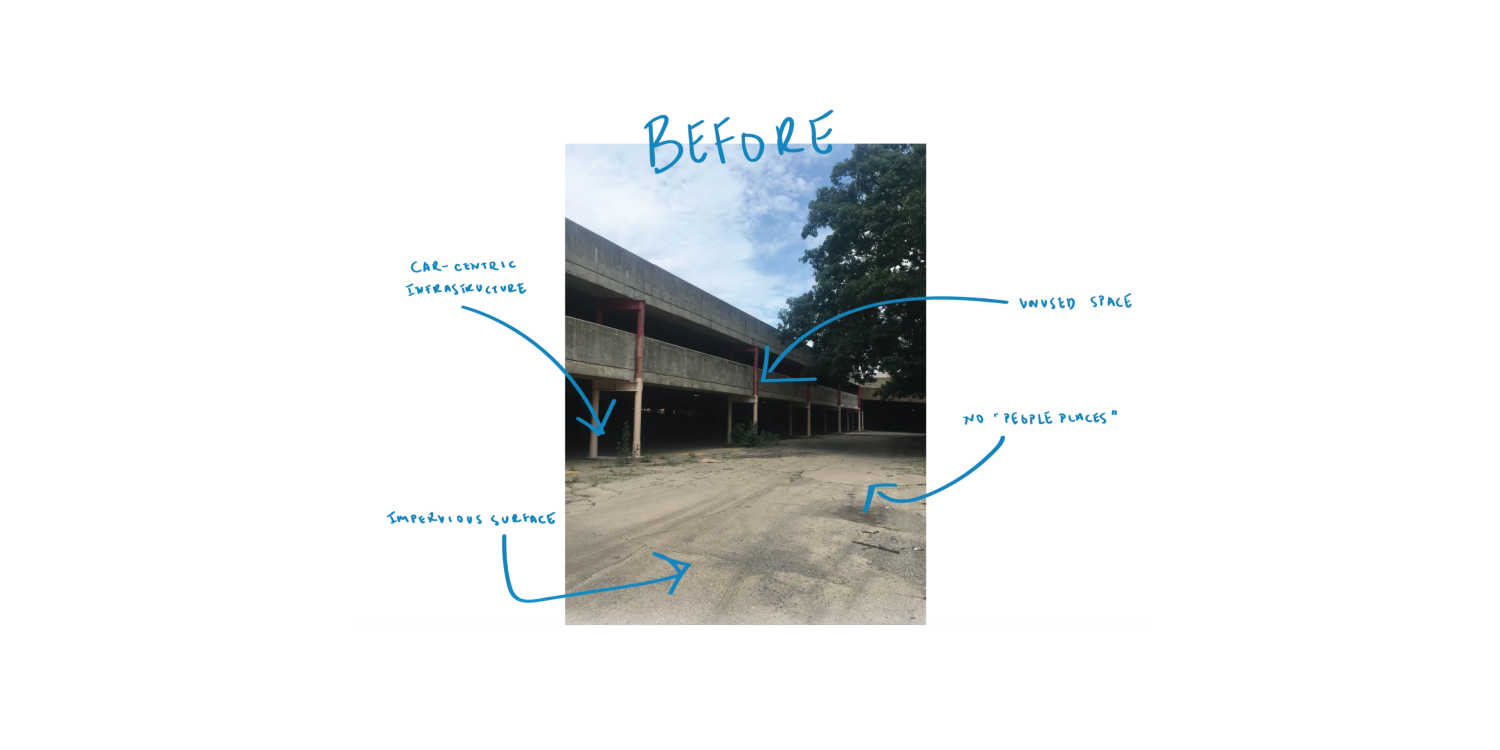Stories
February 20, 2020Sharing highly participatory community engagement at Active Living Research Conference
By Marita Roos
Earlier this month, I presented “Reimagining a Community Park through the use of Gehl Institute social life tools” at the Active Living Research conference in Orlando, FL. During the four-day annual event, public health, transportation and parks professionals from around the country gather to discuss research trends in walkable communities and play.
My talk featured our project, Magruder Park Master Plan, which we completed in 2019 for the City of Hyattsville. The City was looking to makeover the 32-acre park – the City’s largest – and hired NDC along with Rivera Group and Bradley Site Design landscape architects to lead the planning initiative. They were also interested in learning how to best design and program park facilities to be more welcoming to a range of users, including local Latinx families and groups such as teens who were not using the park.

Our design team conducted extensive community engagement in Spanish and English, including participant surveys, in-depth community conversations, visioning workshops and a site walk. We used social space survey tools developed by the Gehl Institute to assess the park areas for design or program elements that tend to foster social interaction and be welcoming to diverse communities.
Information drawn from the data analysis was used by the design team to develop a park plan that encourages diverse facility use by a variety of user groups than were accommodated at the time. That includes an expanded pedestrian/cyclist-only space and upgraded adult fitness designed for active living. We addressed space for teens by designing basketball courts and a variety of outdoor social spaces.
The City will be using the recommendations supported by the observational study to create a more welcoming and active park for distinct user groups, especially families, teens and active adults.

Here are a few takeaways from the conference:
Active living is strongly linked with transportation options. Good access to mass transit supports walking. Good street design also supports cycling and pedestrian safety. Streets designed primarily for cars do not support active living or a healthy quality of life.
Walkability audits and data collection are traditionally biased toward mid- high income areas. Lower income neighborhoods receive less attention from researchers. The audit process makes assumptions about who and what are important and worthy of investigation, excluding marginalized populations and dis-invested neighborhoods.
More participation from practitioners, including park managers, engineers and designers, is needed to assess whether research tools are valuable.
Making places creatively is key to health equity. Trust building is the secret ingredient to any successful and sustainable project (Matthew Clarke, Trust for Public Land).

We brought our expertise in highly participatory community engagement and knowledge of what makes local places work to the conference. We were welcomed for our inclusive data gathering, nuanced reporting and focus on equitable participation in park creation. We had a great time and will be back!